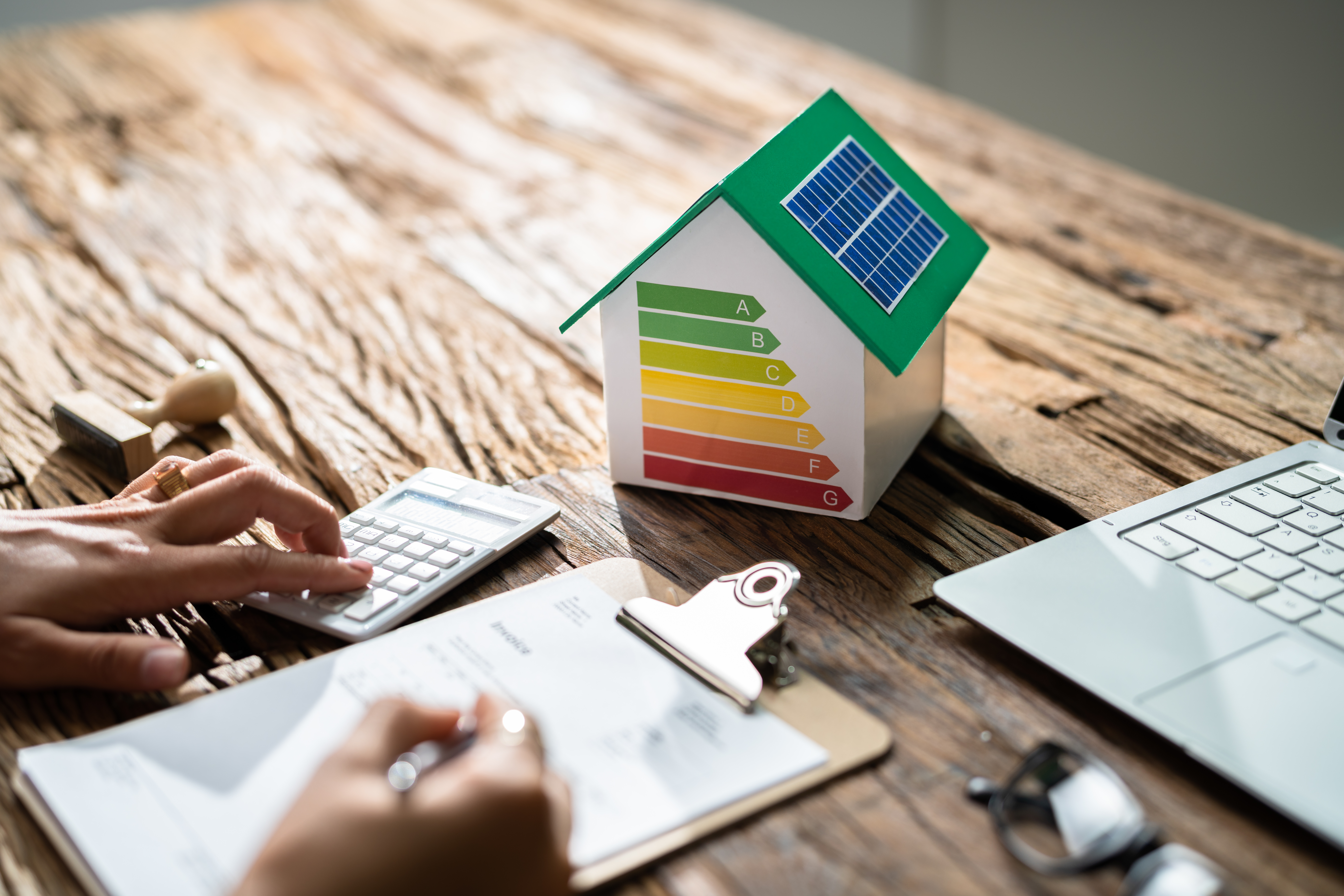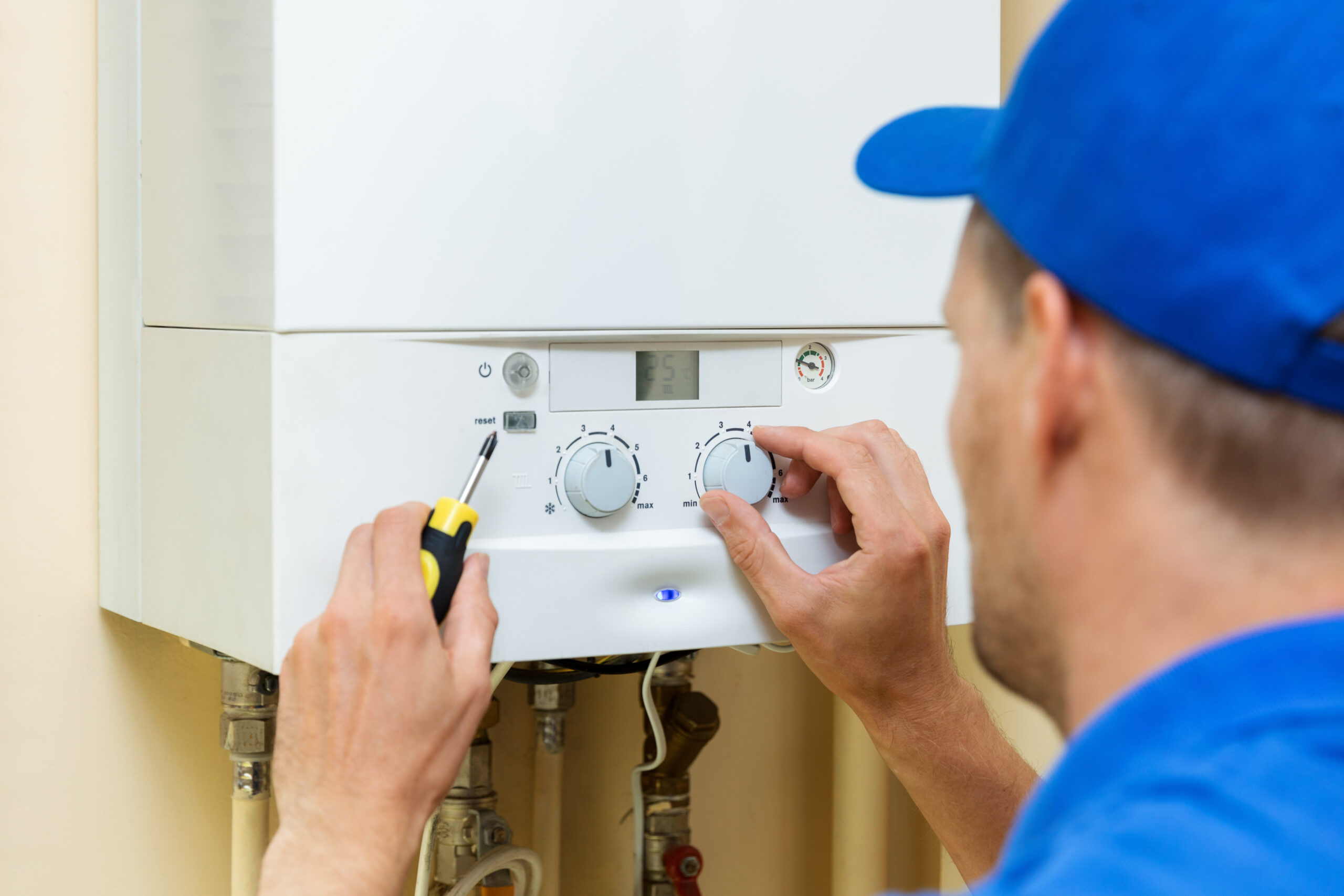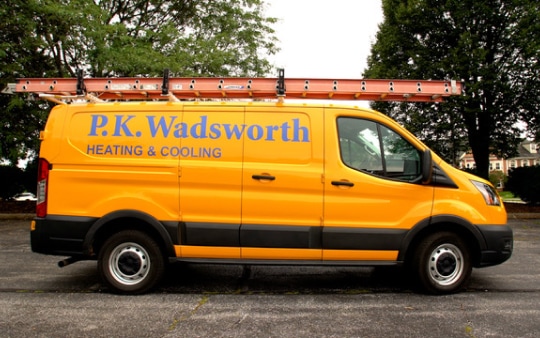If you’re upgrading your furnace, you’re taking an important step toward gaining greater energy efficiency and comfort for your home. But, did you know that choosing and sizing your new furnace is only part of the solution? If you are having a new energy-efficient furnace installed in your home, you need to make sure that your existing chimney is adequate for your revised HVAC equipment.
Here’s why it’s important: High efficiency furnaces squeeze more of the heat content generated out of the equipment and put it into your home or business to gain that extra efficiency. Basically, this means that the heat produced will stay in the furnace and not escape up the chimney. Even if the chimney is properly designed for the former unit, this means that conditions will change for the revised system. The flue gas temperature can be lower and less buoyant.
Unfortunately, most existing masonry chimneys are too large to create a proper draft for today’s high efficiency furnaces. Depending on their age, they are also probably not in good enough condition to withstand use with high efficiency HVAC equipment. Since the temperature of the gas leaving this equipment is lower, it tends to condense on the inside wall of a masonry, clay-tiled chimney. This liquid can result in caustic substances, which eats away at the clay tile over time. These corrosive effects can eventually allow dangerous gases such as carbon monoxide to ultimately leak in the living areas of the home and cause damage to your existing chimney. These problems can even occur if your new hi-efficiency furnace is totally vented outside, but leaves any other older appliances like a hot water heater vented into the existing chimney.
So, old chimneys can be too large to create a proper draft, cannot withstand lower gas temperatures and present a possible health hazard. Does this mean you need to replace your chimney when you upgrade to a high efficiency furnace? In most cases, no. The solution to the problem is to line the chimney with a metal chimney liner which will protect the walls of the masonry chimney and provide a proper draft for optimum efficiency.
Metal chimney liners are primarily used to upgrade and repair existing chimneys. These liner systems are U.L. tested and listed, and if properly installed and maintained are extremely safe and durable. Stainless steel is suitable for wood burning, gas, or oil applications, while the aluminum is an inexpensive alternative for certain medium efficiency gas applications only. It is usually required that high temperature insulation be used in conjunction with the liners for better safety and performance.
Liners in chimneys serve three main functions:
1. The liner protects the house from heat transfer to combustibles. Tests reveal that unlined chimneys allow heat to move through the chimney so rapidly that the adjacent woodwork will catch fire in only 3 1/2 hours.
2. Liners protect the masonry from the corrosive byproducts of combustion. If the flue gases are allowed to penetrate to the brick and mortar, the result would be a reduction in the usable life of the chimney. The flue gases can be acidic in nature and literally eat away at the mortar joints from inside the chimney.
3. Liners provide a correctly sized flue for optimum efficiency of appliances. Modern wood stoves and gas or oil furnaces require a correctly sized flue to perform properly. An incorrectly sized liner can lead to excessive creosote buildup in wood burning stoves, and the production of carbon monoxide with conventional fuels.
So, make sure your contractor performs a chimney inspection before installing your new high efficiency furnace. These components work together to ensure the efficient and safe operation of your HVAC system.






